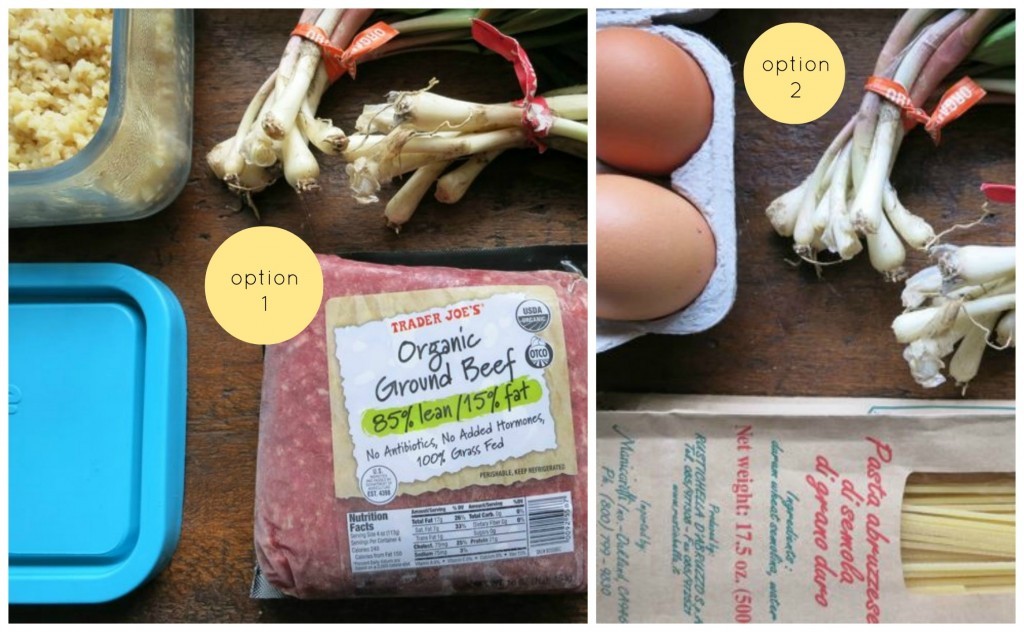The Anatomy of Options_1
Post on: 25 Июль, 2015 No Comment

It is important for options traders to understand the complexity that surrounds options. Knowing the anatomy of options allows traders to use sound judgment, and it provides them more choices for executing trades.
The Greeks
- The price of the underlying security
- Expiration time
- Implied volatility
- The actual strike price
- Dividends
- Interest rates
The “Greeks” provide important information regarding risk management, helping to rebalance portfolios to achieve the desired exposure (e.g. delta hedging). Each Greek measures how portfolio’s react to minor alterations in a particular underlying factor, allowing individual risks to be examined.
Delta measures the rate of change of an option’s value in relation to changes in the price of the underlying asset.
Gamma measures the rate of change in the delta in relation to changes in the underlying asset’s price.
Lambda , or elasticity, relates to the percentile variation in an option’s value compared with the percentile variation in the underlying asset’s price. This offers a means of calculating leverage, which may also be referred to as gearing.
Theta calculates the sensitivity of the value of the option to the passing of time, a factor known as time decay.
Vega gauges susceptibility to volatility. Vega is the measure of the option’s worth in regard to the volatility of the underlying asset.
Rho appraises reactivity of the option value to the interest rate: it is the measure of the option value with respect to the risk-free interest rate.
Therefore, using the Black Scholes Model (considered the standard model for valuing options), the Greeks are reasonably simple to determine, and are very useful for day traders and derivatives traders. For measuring time, price and volatility, delta, theta, and vega are effective tools.

The value of an option is directly impacted by “time to expiration” and “volatility”, where:
- A longer period of time before expiration tends to raise the value of both call and put options. The opposite of this is also the case, in that a shorter period of time before expiration is apt to create a drop in the value of both call and put options.
- Where there is increased volatility, there is an increase in the value of both call and put options, while decreased volatility leads to a decrease in value of both call and put options.
The price of the underlying security has a differing effect on the value of call options as compared to put options.
- Normally, as a security’s price rises, the corresponding straight call options follow this rise by gaining value, whereas put options drop in value.
- When the security’s price drops, the reverse is true, and straight call options usually experience a decline in value, while put options rise in value.
An Options Premium
This occurs when a trader purchases an options contract and pays an upfront amount to the seller of the options contract. This options premium will vary, depending on when it was calculated and which options market it is purchased in. The premium may even differ within the same market, based on the following criteria:
- Is the option in-, at-, or out-of-the-money. An in-the-money option will be sold at a higher premium, as the contract is already profitable and this profit can be accessed right away by the buyer of the contract. Conversely, at- or out-of-the-money options can be bought for a lower premium.
- What is the time value of the contract? Once an option contract expires, it becomes worthless, so it stands to reason that the longer the time span to the expiration date, the higher the premium will be. This is because the contract contains additional time value since there is more time in which the option can become profitable.
- What is the market level of volatility? The premium will be higher if the options market is more volatile, as there is increased possibility of higher profit from the option. The reverse also applies – lower volatility means lower premiums. The volatility of an options market is determined by applying various price ranges (long term, recent, and expected price ranges are the required data), to a selection of volatility pricing models.
Call and put options do not have matching values when they reach their mutual ITM, ATM and OTM strike prices due to direct and opposing effects where they swing between irregular distribution curves (example below), thereby becoming uneven.
Strikes - The number of strikes and increments between strikes are decided by the exchange on which the product is traded.
Options Pricing Models
When using historical volatility and implied volatility for trading purposes, it is important to note the differences that they imply:
Historical volatility calculates the rate at which the underlying asset has been experiencing movement for a specific period of time – where the yearly standard deviation of price changes is given as a percentage. It measures the degree of volatility of the underlying asset for a specified number of previous trading days (modifiable period), preceding each calculation date in the information series, for the selected time frame.
Implied volatility is the combined future estimate of the volume of trading of the underlying asset, providing a gauge of how the asset’s daily standard deviation can be expected to vary between the time of calculation and the option’s expiration date. When analyzing an option’s value, implied volatility is one of the key factors for a day trader to consider. In calculating an implied volatility, an options pricing model is used, taking into account the cost of an option’s premium.
There are three frequently used Theoretical Pricing Models that day traders can utilize to help compute implied volatility. These models are the Black-Scholes, Bjerksund-Stensland and Binomial models. The calculation is done with the use of algorithms — usually using at-the-money or nearest-the-money call and put options.
- The Black–Scholes model is most commonly used for European-style options (these options may only be exercised at the date of expiration).
- The Bjerksund–Stensland model is effectively applied to American-style options, which may be exercised at any time between purchase of the contract and the date of expiration.
- The Binomial model is appropriately used for American-style, European-style and Bermudan-style options. Bermudan is somewhat of a midway style between a European- and American-style option. The Bermudan option may be exercised only on specific days during the contract or at the expiration date.














